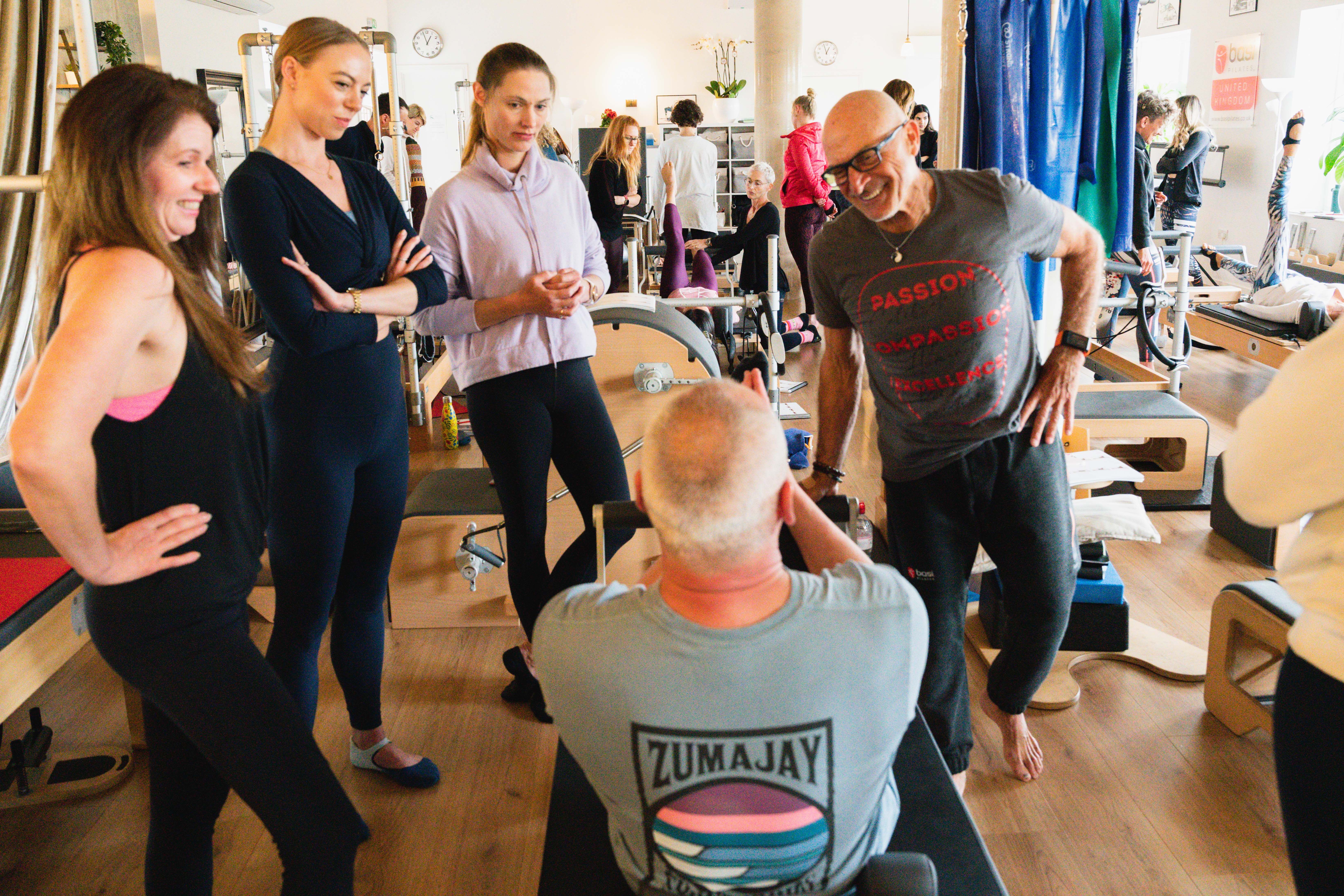“Three years ago I was diagnosed with Osteoporosis in my spine and prescribed weekly Alendronic Acid medication , although my doctor emphasised that although the medication should prevent further bone loss, any real improvement in bone density would come from my diet and , crucially , weight bearing exercise . I was recovering from a broken ankle at the time plus had a few knee and back issues so started individual Pilates sessions with Lisa in the hope of sorting these things out more than anything . As my leg and core muscles strengthened and my various niggles went away I felt confident enough to up my exercise routine and started adding in cross -training sessions at the gym and , a few months ago added 3 mile runs once or twice a week which I hadn’t done for years . A couple of weeks ago my repeat DEXA scan showed a 4.5% increase in spinal bone density – my doctor was very pleasantly surprised and apparently I’m now in the normal range for a woman of my age (60)! I’m obviously thrilled and convinced that my sessions with Lisa and her wonderful team of instructors have been instrumental in tackling my Osteoporosis.”

As we move into 2026, the fitness industry is shifting away from "burnout" culture toward sustainable longevity. Pilates is leading this charge because it builds deep core strength, improves joint mobility, and enhances neuromuscular control without the wear and tear of high-impact training. It is the strategic choice for anyone—from corporate professionals to elite athletes—looking to maintain peak physical competence for decades, not just seasons.

If you’re a man who values performance, be that in the gym, on the pitch, or simply navigating a demanding workday, you’ve likely found a routine that works: lift heavy, run fast, push your limits. But what happens when you hit a plateau?

Choosing a Pilates studio in London has become strangely difficult. Every corner now promises “dynamic”, “sculpting”, “full-body” something, yet very few places explain what they actually teach or how they keep clients safe. This piece was written to cut through that noise. It looks at the real markers of a good Pilates studio. the sort of details you only notice once you’ve spent years inside education-led spaces and watched clients progress, plateau or give up entirely. If you’ve ever wondered how to judge a Reformer class, a teacher’s training, or whether “all levels” really means all levels, this guide will help you navigate it with a clearer head.





















